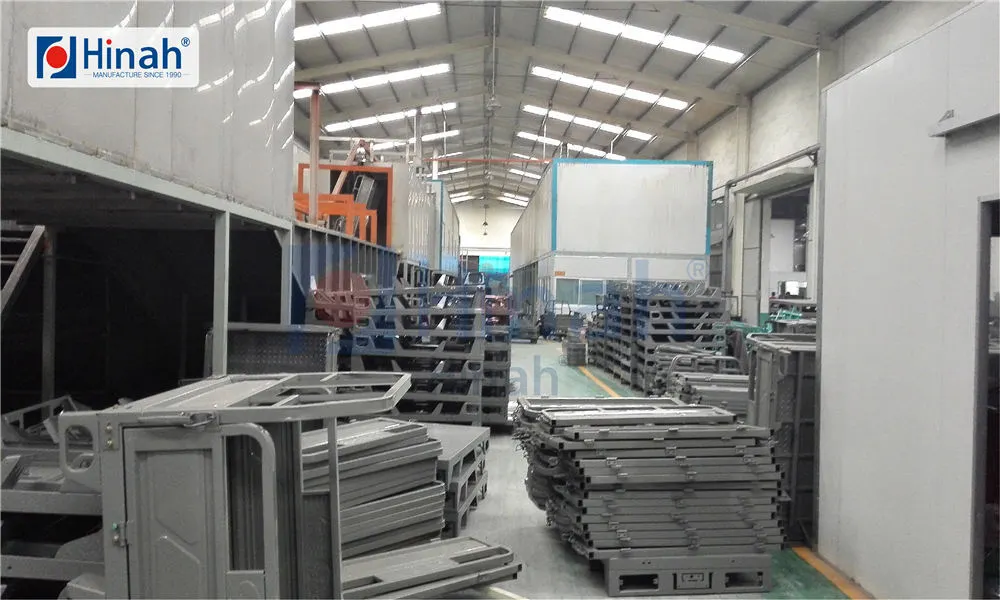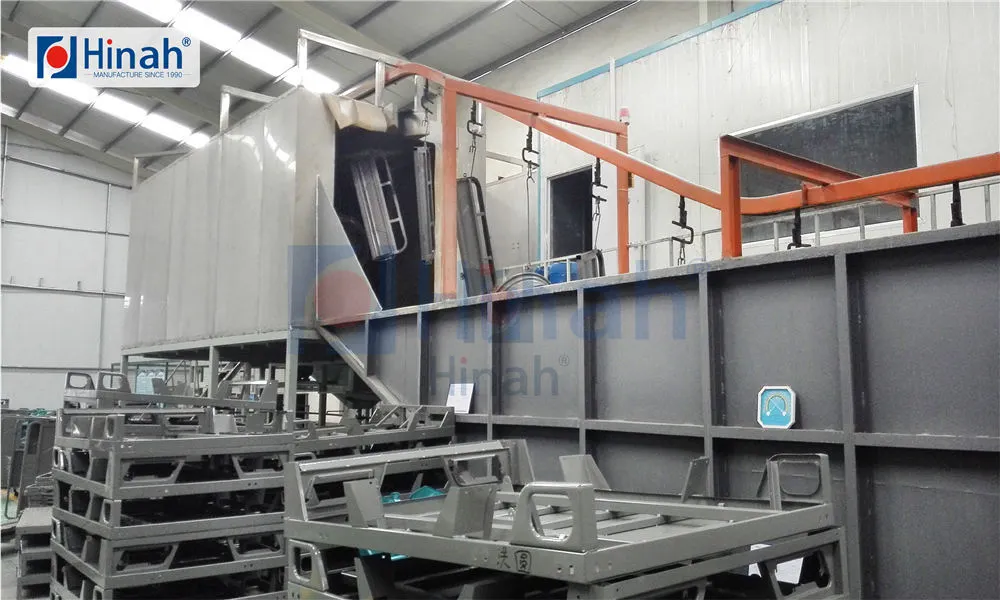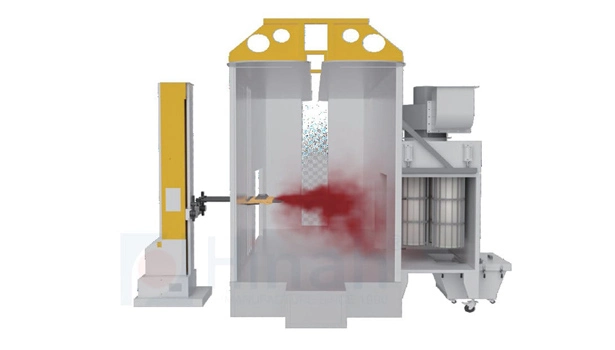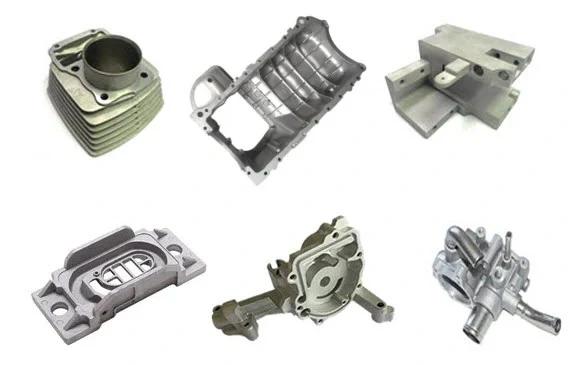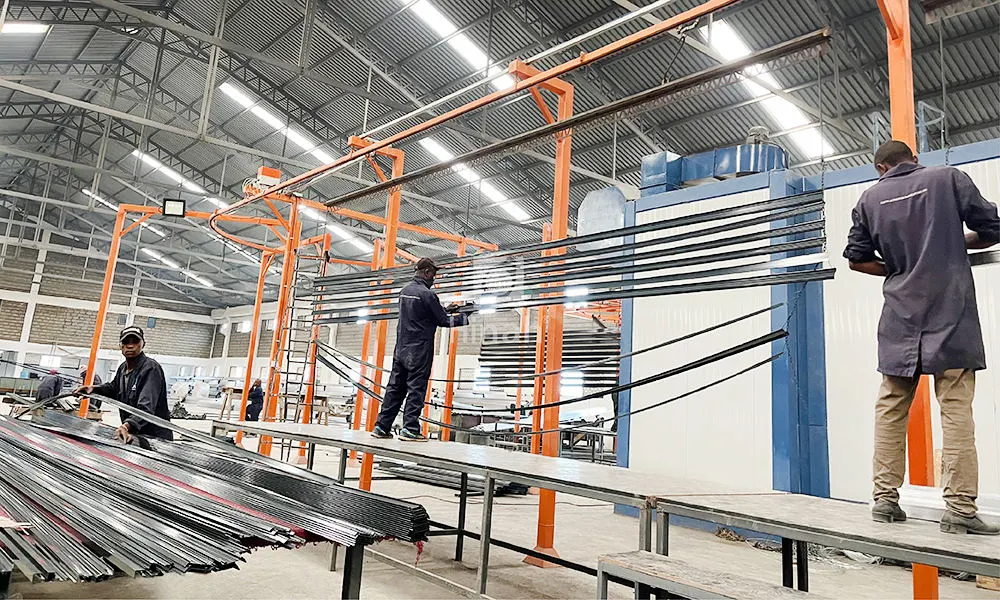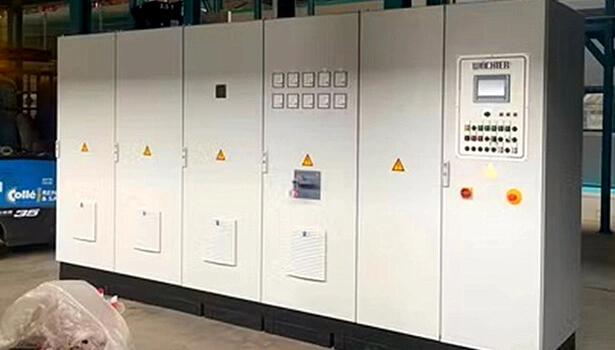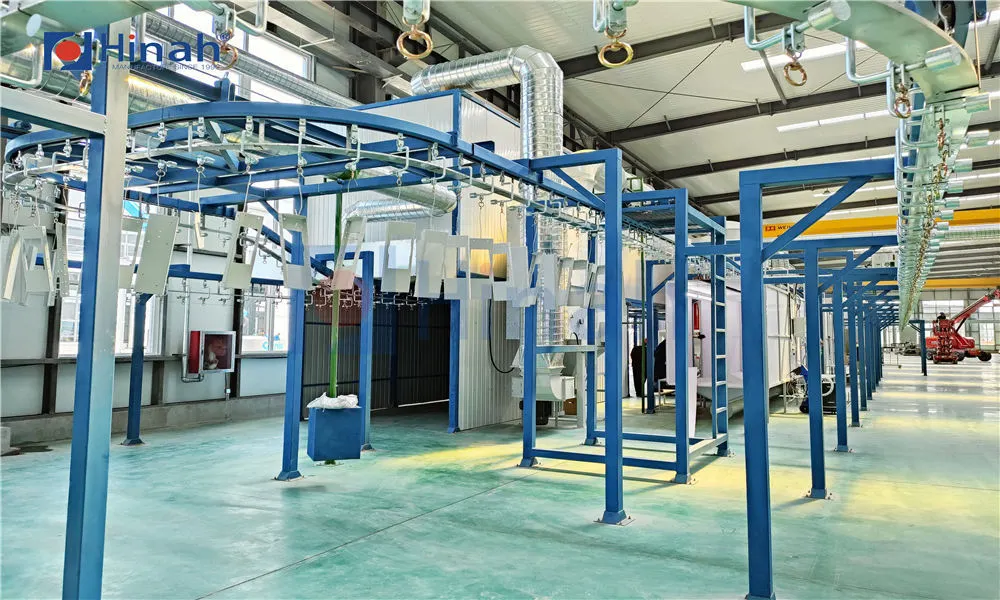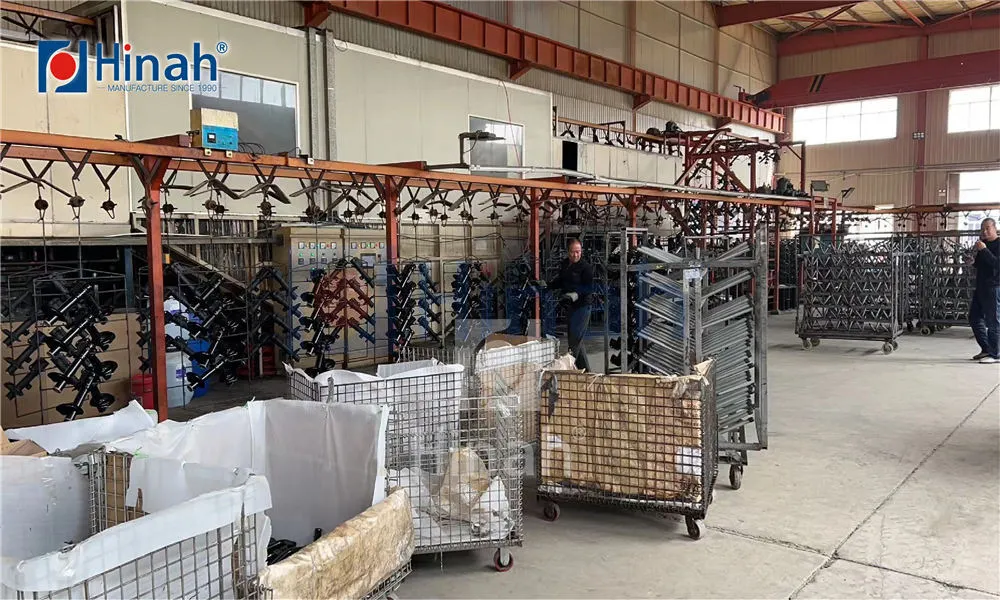A specialized Power Moto Tricycle E-Coating Line is engineered to handle the unique challenges presented by these three-wheeled vehicles – their complex frame geometries, mixed materials (steel chassis, aluminum components), and the need for exceptional durability at a competitive cost. Let's delve into the five critical aspects that make this technology essential:
The Electrocoat Process: Science Meets Superior Protection
At the heart of the Power Moto Tricycle E-Coating Line lies the electrodeposition process, commonly known as e-coat or electrophoretic painting. This isn't mere surface coating; it's a sophisticated electrochemical reaction.
Immersion & Electrical Charge: Cleaned and pretreated tricycle frames or components are fully immersed in a bath of specially formulated water-based paint. An electrical charge is applied: the parts act as one electrode (usually the cathode in Cathodic E-Coat - the most common type for corrosion protection), while strategically placed counter-electrodes form the other.
Migration & Deposition: The charged paint particles (resins, pigments, additives) are attracted to the oppositely charged tricycle parts. This electromotive force drives the particles towards all conductive surfaces submerged in the bath.
Uniform Film Formation: The particles deposit evenly onto the metal surface, forming a continuous, uniform film. Crucially, the coating initially deposits on areas closest to the electrode, but as these areas insulate, the electrical current seeks paths to bare metal, driving the coating into recesses, welds, cavities, and hard-to-reach internal sections of the complex tricycle frame that spray painting simply cannot access reliably.
Rinsing & Curing: After deposition, the parts are removed and rinsed to reclaim excess coating. The coated components then enter a curing oven, where heat triggers a cross-linking reaction, transforming the deposited film into a tough, insoluble, and highly adherent polymer layer.
This process inherent to the Power Moto Tricycle E-Coating Line ensures complete, uniform coverage, even on complex shapes and internal surfaces, providing an unmatched barrier against corrosion initiation.
Engineered for Tricycle Challenges: Line Design and Specifications
A Power Moto Tricycle E-Coating Line isn't a generic automotive line scaled down. It's specifically configured for the unique attributes of tricycle manufacturing:
Material Handling: Systems must accommodate the relatively bulky but often lighter frames compared to cars, potentially using overhead conveyors or specialized racks designed for tricycle chassis geometry. Handling needs to be robust yet gentle to prevent damage.
Bath Sizing: While tricycle frames are smaller than car bodies, the line must efficiently handle production volumes. Bath dimensions (pretreatment, e-coat, rinses) are optimized for typical tricycle part sizes and throughput requirements, balancing capital investment with operational efficiency.
Process Control: Precise control of bath chemistry (pH, solids content, temperature), electrical parameters (voltage, amperage, time), and oven curing profiles (temperature, time, airflow) is critical. Advanced control systems continuously monitor and adjust these parameters to ensure consistent, high-quality coating results batch after batch. Filtration systems maintain bath purity.
Automation Level: Modern lines often incorporate significant automation – robotic handling for loading/unloading, automated bath control, and integrated quality monitoring – to enhance consistency, reduce labor costs, and improve safety.
Throughput: The line design must align with the manufacturer's production targets, whether high-volume mass production or more flexible batch processing.

Uncompromising Quality and Performance Standards
The primary driver for implementing a Power Moto Tricycle E-Coating Line is achieving superior, measurable quality and performance:
Exceptional Corrosion Resistance: The continuous, pore-free film formed by e-coating acts as a highly effective barrier against moisture, oxygen, and salts. This translates directly to significantly longer service life for the tricycle chassis and body, reducing premature rust failures – a major concern in humid or coastal regions. Salt Spray Test (ASTM B117) results often exceed 500-1000 hours for e-coated parts, far surpassing untreated or primed steel.
Superior Adhesion: The electrochemical deposition creates a molecular bond with the metal substrate, resulting in outstanding adhesion. This coating won't chip, flake, or peel easily under the constant stress and vibration experienced by Power Moto Tricycles.
Uniform Film Thickness: The self-regulating nature of the electrodeposition process ensures a remarkably consistent coating thickness across the entire part, including edges and complex contours. This eliminates thin spots prone to early corrosion and avoids excessive, wasteful buildup. Typical DFT (Dry Film Thickness) ranges from 15-25 microns.
Edge Coverage: A critical advantage over spray methods. The e-coat actively migrates to and protects sharp edges and welds – areas highly susceptible to corrosion initiation. This "throwing power" is a hallmark of the Power Moto Tricycle E-Coating Line.
Smooth, Uniform Substrate: The cured e-coat provides an exceptionally smooth, uniform surface. This is the perfect foundation for subsequent topcoat layers (primer surfacer, basecoat, clearcoat), enhancing the final appearance, gloss, and color consistency of the tricycle. It also improves UV resistance for the overall paint system.
Sustainability and Environmental Responsibility
Modern Power Moto Tricycle E-Coating Lines are designed with environmental stewardship in mind:
Low VOC Emissions: E-coat paints are predominantly water-based, significantly reducing the emission of Volatile Organic Compounds (VOCs) compared to solvent-based spray primers. This improves air quality in the factory and minimizes the environmental footprint.
High Transfer Efficiency: Near 95% of the paint solids are deposited onto the parts. This minimizes waste generation compared to spray painting, where overspray can be significant (often 40-60% loss). Less paint used means less raw material consumption.
Reduced Hazardous Waste: The water-based nature and high efficiency contribute to lower volumes of hazardous paint sludge waste. Advanced filtration and closed-loop rinse systems further minimize water consumption and effluent discharge.
Compliance: A well-designed and operated Power Moto Tricycle E-Coating Line helps manufacturers meet increasingly stringent environmental regulations (like REACH, RoHS) regarding emissions, waste handling, and chemical usage.
Energy Efficiency: While curing ovens require energy, modern lines incorporate heat recovery systems and optimize oven design to minimize energy consumption per coated part.
Operational Efficiency and Cost-Effectiveness
While the initial investment in a Power Moto Tricycle E-Coating Line is significant, the long-term operational benefits deliver compelling cost-effectiveness:
Reduced Labor Costs: High levels of automation (handling, tank management, process control) significantly reduce the manual labor required compared to manual or semi-automated spray painting processes.
Lower Paint Consumption: The exceptional transfer efficiency (up to 95%+) means dramatically less paint is used to achieve the required coating thickness and coverage, directly reducing material costs.
Minimized Rework & Warranty Claims: The superior and consistent corrosion protection drastically reduces premature rust failures in the field. This leads to fewer warranty claims, lower repair costs, and enhanced brand reputation for durability.
Increased Production Throughput: Automated lines can process parts continuously and consistently, enabling higher production volumes compared to manual methods. Faster curing times compared to some air-dry primers also speed up the overall manufacturing cycle.
Improved Process Control & Consistency: Automation and advanced monitoring ensure consistent quality, reducing scrap and rework rates within the paint shop. Every tricycle frame receives the same high level of protection.
Long-Term Asset Protection: By fundamentally protecting the core structure of the Power Moto Tricycle from corrosion, the e-coating significantly extends the vehicle's usable life, maximizing the return on investment for both the manufacturer and the end-user operator.
Conclusion
Investing in a dedicated Power Moto Tricycle E-Coating Line is an investment in quality, durability, sustainability, and long-term profitability. It transcends being just a paint process; it's a foundational technology that protects the core asset – the tricycle frame – against the relentless forces of corrosion. The comprehensive coverage, exceptional adhesion, uniform film build, and superior edge protection provided by electrocoating deliver unmatched performance that traditional methods cannot replicate. Combined with significant environmental benefits and compelling operational efficiencies, a state-of-the-art Power Moto Tricycle E-Coating Line positions manufacturers to build tricycles that are not only more reliable and longer-lasting but also more competitive in a market where durability and value are paramount. It is the essential shield ensuring that Power Moto Tricycles continue to be the rugged, dependable workhorses communities rely on, mile after challenging mile.


